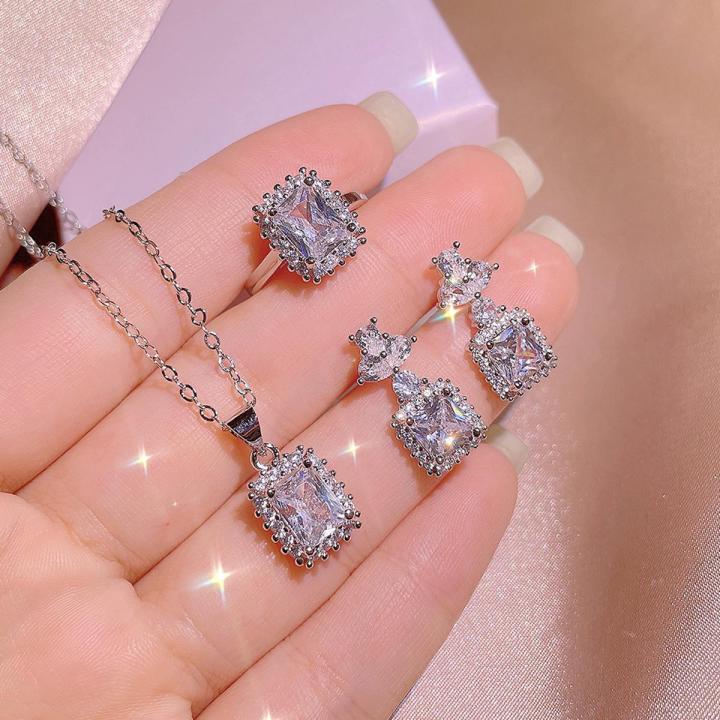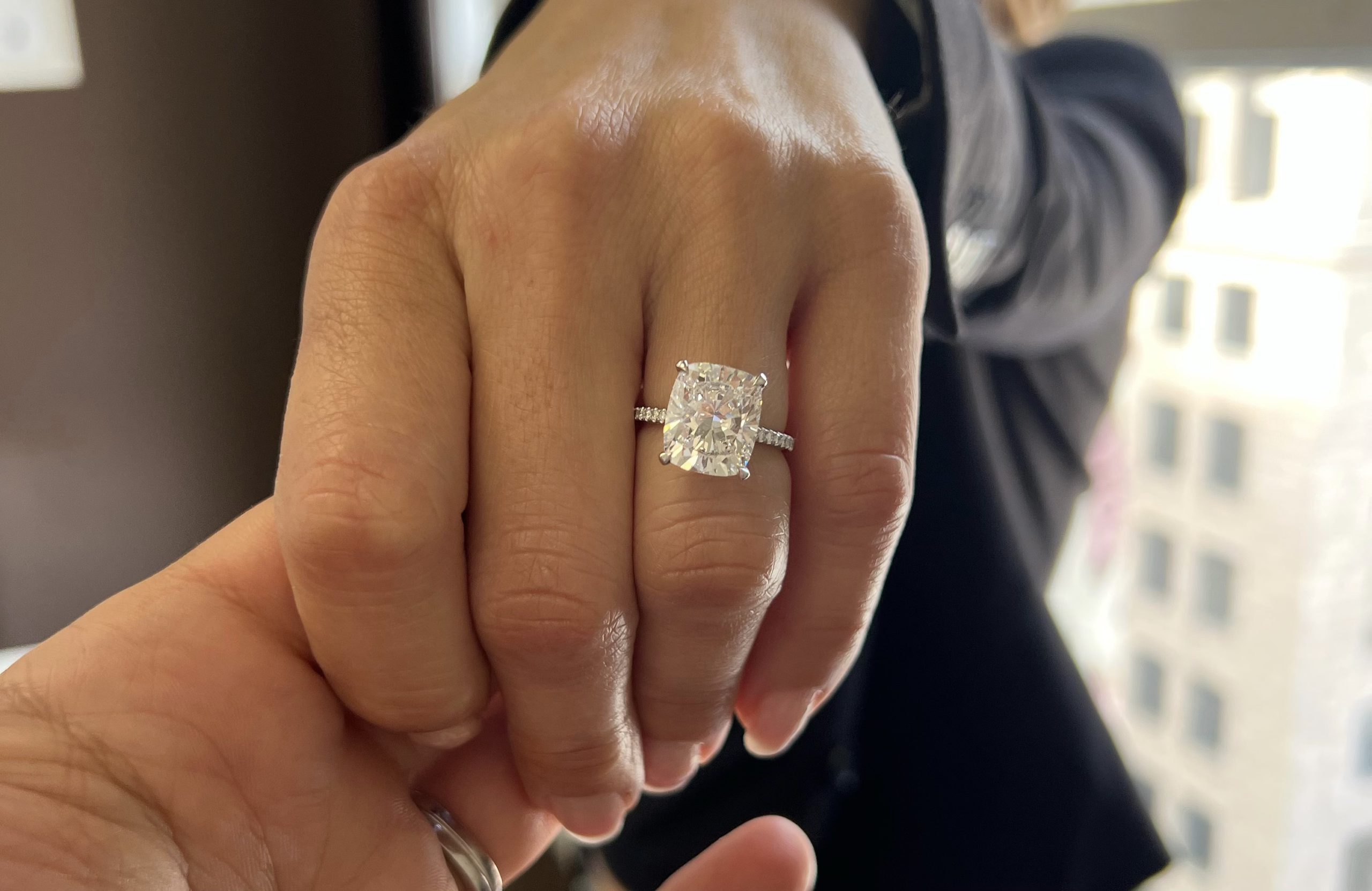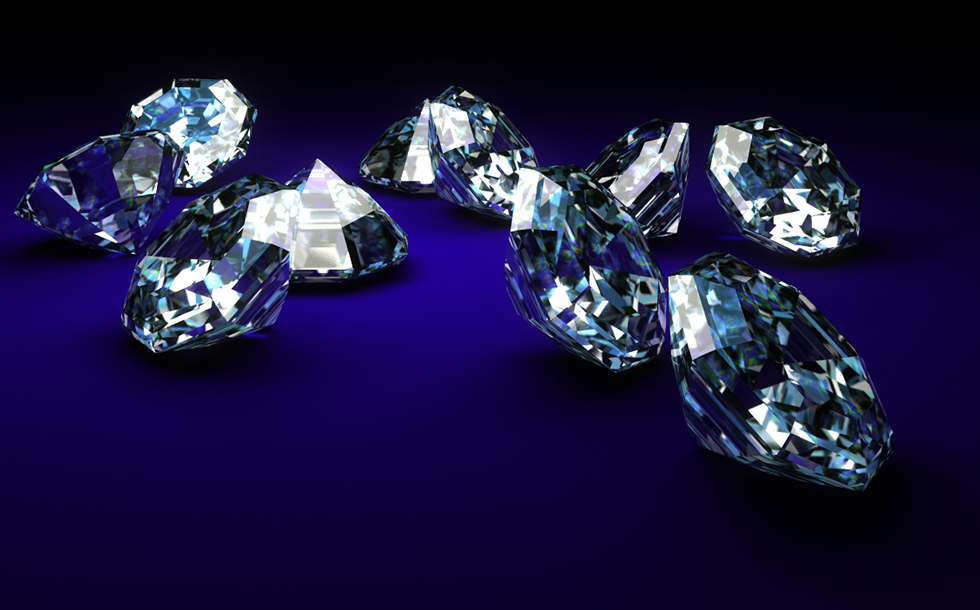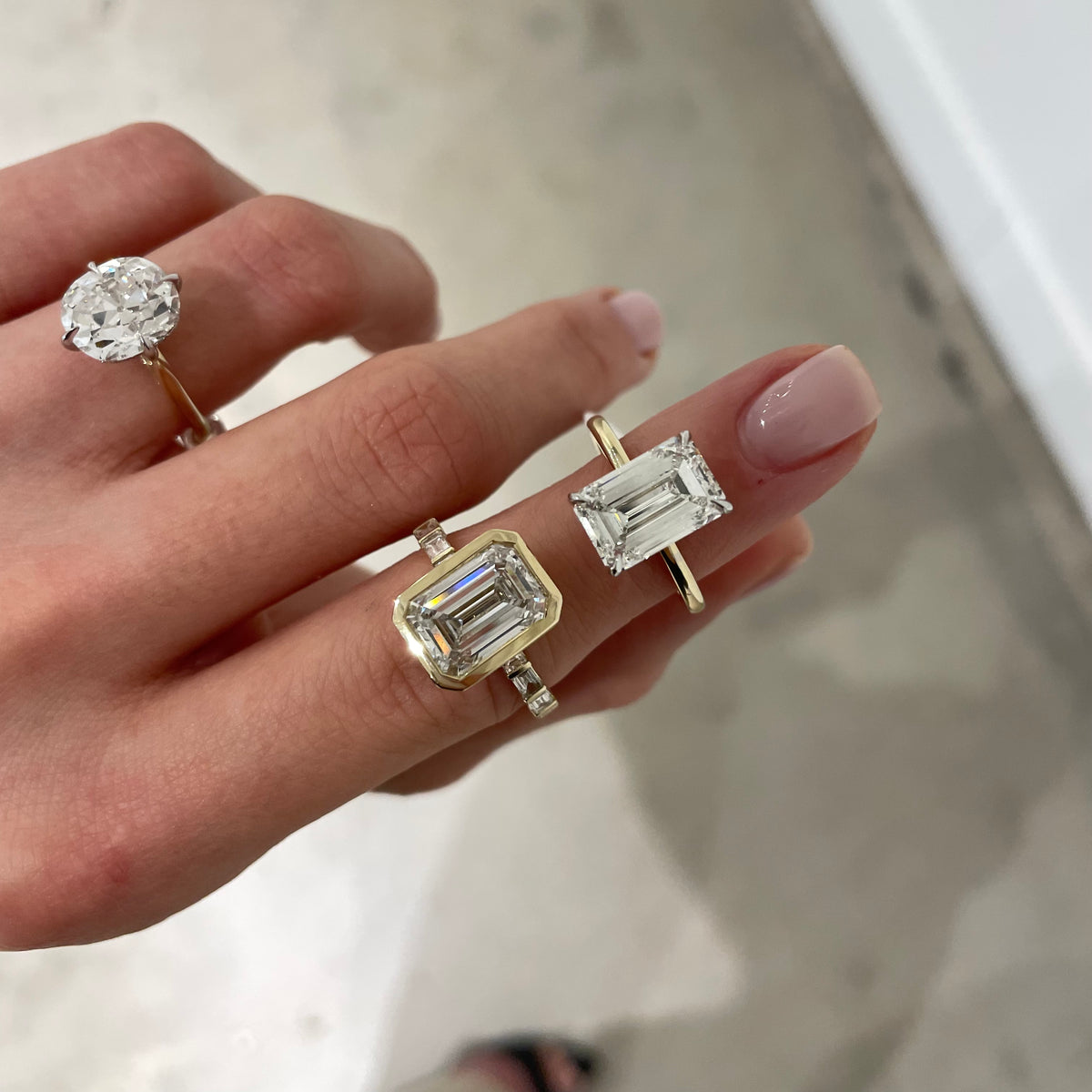Lab-grown diamonds are gaining immense popularity as a choice for engagement rings and other fine jewelry. Among the essential considerations when selecting a lab diamond ring are the metal options for the band, with platinum and gold being the most common choices. This article will explore the characteristics, advantages, and disadvantages of platinum vs gold lab diamond rings, helping you make an informed decision.
Understanding Lab-Grown Diamonds
Before diving into the specifics of platinum and gold, it is important to understand what lab-grown diamonds are. These diamonds are created using advanced technological processes that replicate the natural conditions under which diamonds form in the Earth. The result is a diamond that is chemically, physically, and optically identical to its natural counterpart but often available at a fraction of the price.
Composition and Durability
Platinum is a dense and durable metal that is 90-95% pure in jewelry form. Its density makes it incredibly strong and resistant to wear and tear. Unlike other metals, platinum does not tarnish, and it maintains its luster over time, making it an excellent choice for daily wear. However, it can develop a patina finish over time, which some people find appealing as it adds character to the piece.
On the other hand, gold is available in various purity levels, with 14K and 18K being the most common for rings. Pure gold is 24K, but it is too soft for everyday wear, so it is often alloyed with metals like copper or silver to enhance its strength. Gold rings can tarnish over time, especially if they contain a higher percentage of copper. Different gold colors—yellow, white, and rose—result from varying alloy compositions, offering versatility in design and appearance.
Color and Aesthetic Appeal
Platinum boasts a naturally white color that enhances the brilliance of diamonds, making it a popular choice for those who prefer a sleek, modern look. Its understated elegance complements any diamond cut and setting, allowing the stone to take center stage.
Gold offers a warm, rich color that adds character and uniqueness to a ring. Yellow gold presents a classic and timeless appeal, while white gold has a more contemporary feel, often resembling platinum but with a slightly different finish due to rhodium plating. Rose gold, with its pink hue, has gained popularity for its romantic and vintage appeal, allowing wearers to express their individual style.
Price
Generally, platinum is more expensive than gold due to its rarity and density. The labor involved in creating platinum rings also contributes to the higher price point. If you choose a platinum lab diamond ring, be prepared to invest significantly more than you would for a gold ring.
In contrast, gold is more widely available and typically less expensive than platinum. The cost can vary depending on the karat (purity) of the gold and the design of the ring. Overall, gold lab diamond rings provide more options for budget-conscious shoppers, making them a popular choice for many couples.
Maintenance
While platinum is durable, it may require occasional polishing to restore its luster, especially if you prefer to maintain its original shine. The patina that develops can be left as is or polished away, depending on your aesthetic preference. Regular care will keep platinum rings looking beautiful for years to come.
Gold rings, particularly those with rhodium plating (common in white gold), may require more frequent maintenance. Rhodium can wear off over time, exposing the gold beneath, which may need to be replated to maintain its color and shine. Regular cleaning is also essential to prevent tarnishing, especially for lower-karat gold rings.
Conclusion: Choosing the Right Metal for Your Lab Diamond Ring
When deciding between platinum and gold lab grown diamonds, consider your lifestyle, aesthetic preferences, and budget. Platinum may be the ideal choice for those seeking a durable, low-maintenance option with a sleek look, while gold can offer warmth, versatility, and cost-effectiveness.








